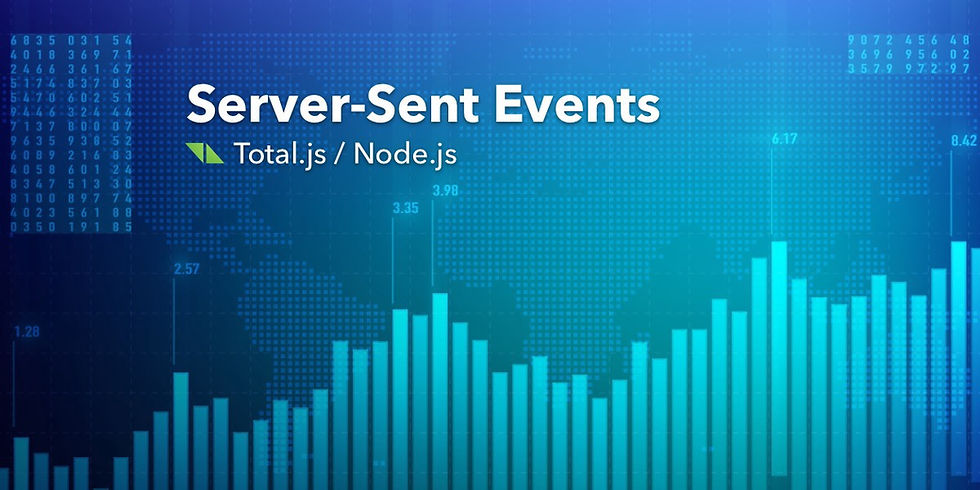IOT ( Internet of Things ) : How its works?
- The Tech Platform

- Nov 12, 2021
- 4 min read

Internet of Things (IoT) is a network of physical objects or people called “things” that are embedded with software, electronics, network, and sensors that allows these objects to collect and exchange data. The goal of IoT is to extend to internet connectivity from standard devices like computer, mobile, tablet to relatively dumb devices like a toaster.
IoT makes virtually everything “smart,” by improving aspects of our life with the power of data collection, AI algorithm, and networks. The thing in IoT can also be a person with a diabetes monitor implant, an animal with tracking devices, etc.
How IoT Works?
The Process begins with devices that have build-in sensors. These devices are connected to IOT Platform which store data from all the connected devices. The Important data is then used to perform tasks that fulfil the need of people.
When the data is stored in IoT Platform, all the data is not useful. Devices will select only particular data that is relevant to execute an action. These information can detect patterns, Recommendations and problems before they occur.
This is how an IoT application works with smart systems that automate tasks to address specific needs.
Below are the major components of IoT Ecosystem
Sensors/Devices
Connectivity
Data Processing
User Interface

1. Sensors/ Devices
First, sensors or devices help in collecting very minute data from the surrounding environment. All of this collected data can have various degrees of complexities ranging from a simple temperature monitoring sensor or a complex full video feed.
A device can have multiple sensors that can bundle together to do more than just sense things. For example, our phone is a device that has multiple sensors such as GPS, accelerometer, camera but our phone does not simply sense things.
The most rudimentary step will always remain to pick and collect data from the surrounding environment be it a standalone sensor or multiple devices.
2. Connectivity
Next, that collected data is sent to a cloud infrastructure but it needs a medium for transport.
The sensors can be connected to the cloud through various mediums of communication and transports such as cellular networks, satellite networks, Wi-Fi, Bluetooth, wide-area networks (WAN), low power wide area network and many more.
Every option we choose has some specifications and trade-offs between power consumption, range, and bandwidth. So, choosing the best connectivity option in the IOT system is important.
3. Data Processing
Once the data is collected and it gets to the cloud, the software performs processing on the acquired data.
This can range from something very simple, such as checking that the temperature reading on devices such as AC or heaters is within an acceptable range. It can sometimes also be very complex, such as identifying objects (such as intruders in your house) using computer vision on video.
But there might be a situation when a user interaction is required, example- what if when the temperature is too high or if there is an intruder in your house? That’s where the user comes into the picture.
4. User Interface
Next, the information made available to the end-user in some way. This can achieve by triggering alarms on their phones or notifying through texts or emails.
Also, a user sometimes might also have an interface through which they can actively check in on their IOT system. For example, a user has a camera installed in his house, he might want to check the video recordings and all the feeds through a web server.
However, it’s not always this easy and a one-way street. Depending on the IoT application and complexity of the system, the user may also be able to perform an action that may backfire and affect the system.
For example, if a user detects some changes in the refrigerator, the user can remotely adjust the temperature via their phone.
There are also cases where some actions perform automatically. By establishing and implementing some predefined rules, the entire IOT system can adjust the settings automatically and no human has to be physically present.
Also in case if any intruders are sensed, the system can generate an alert not only to the owner of the house but to the concerned authorities.
Advantages:
Key benefits of IoT technology are as follows:
Technical Optimization: IoT technology helps a lot in improving technologies and making them better. Example, with IoT, a manufacturer is able to collect data from various car sensors. The manufacturer analyzes them to improve its design and make them more efficient.
Improved Data Collection: Traditional data collection has its limitations and its design for passive use. IoT facilitates immediate action on data.
Reduced Waste: IoT offers real-time information leading to effective decision making & management of resources. For example, if a manufacturer finds an issue in multiple car engines, he can track the manufacturing plan of those engines and solves this issue with the manufacturing belt.
Improved Customer Engagement: IoT allows you to improve customer experience by detecting problems and improving the process.
Disadvantages
Now, let’s see some of the disadvantages of IoT in this Internet of Things tutorial:
Security: IoT technology creates an ecosystem of connected devices. However, during this process, the system may offer little authentication control despite sufficient security measures.
Privacy: The use of IoT, exposes a substantial amount of personal data, in extreme detail, without the user’s active participation. This creates lots of privacy issues.
Flexibility: There is a huge concern regarding the flexibility of an IoT system. It is mainly regarding integrating with another system as there are many diverse systems involved in the process.
Complexity: The design of the IoT system is also quite complicated. Moreover, it’s deployment and maintenance also not very easy.
Compliance: IoT has its own set of rules and regulations. However, because of its complexity, the task of compliance is quite challenging.
The Tech Platform




Kommentare